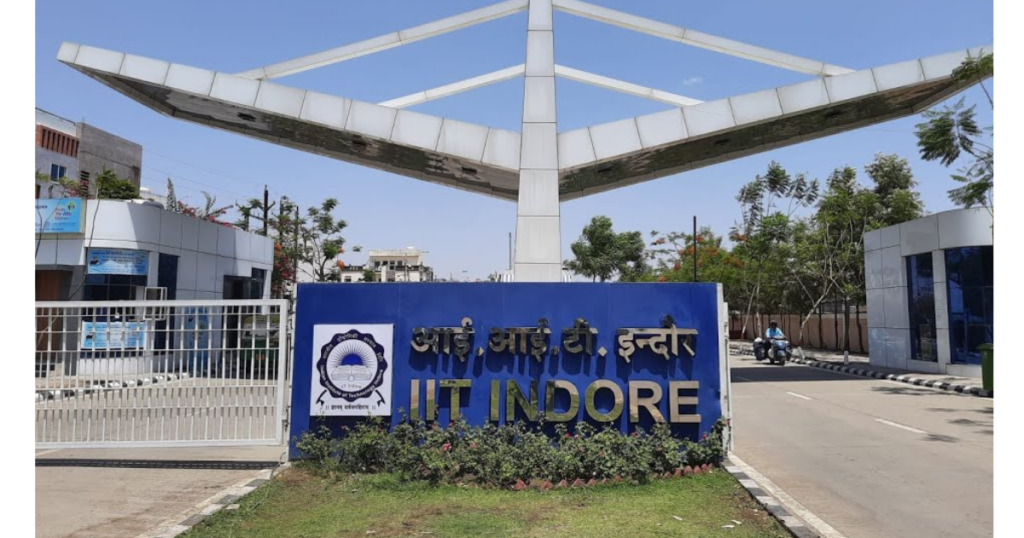IIT Indore scientists develop a powerful, eco-friendly process using visible light to create key drug compounds, reducing cost and environmental impact.
In a significant scientific breakthrough, researchers at the Indian Institute of Technology (IIT) Indore have developed a novel and eco-friendly method to create complex chemical compounds that are essential to a wide range of life-saving medications. This innovative technique leverages something as simple and safe as visible blue light—similar to what we see in regular LED bulbs—offering a cleaner and more sustainable way to produce key drug components.
At the heart of this discovery lies a class of nitrogen-based compounds called heterocycles. These compounds form the backbone of many therapeutic drugs used to treat conditions like cancer, depression, allergies, and even spinal muscular atrophy. Traditionally, synthesizing these heterocycles involved high temperatures, expensive reagents, and hazardous chemicals, all of which posed safety risks and environmental concerns. But the team at IIT Indore has changed that narrative.
The new process specifically targets a rare group of heterocycles called pyrido[1,2-a]pyrimidin-4-ones. These are highly valued in drug development because of their rigid, flat structures that help them effectively bind to biological targets in the human body. Well-known drugs like Permirolast, an anti-allergy medication, are based on this molecular framework. They also hold promise for potential treatments for inflammation, certain cancers, and endothelial cell disorders.
What sets this new approach apart is its use of visible light and photoredox catalysis—a chemical process where light acts as a driving force to stimulate reactions. The researchers enhanced this method by combining it with transition metal catalysts in some cases, leading to improved results. The process allows for the addition of a variety of useful molecular groups like acyl, aryl, alkyl, and alkenyl to the core compound, increasing the versatility and potential applications of the resulting drugs.
This light-based synthesis was achieved under laboratory conditions using a custom-made photoredox setup. The scientists ensured the reaction occurred at room temperature by installing a cooling fan and used a photospectrometer to precisely control the wavelength of the light. The result was not only a safer and more energy-efficient method but also one that produced high yields and top-quality outcomes across different chemical reactions.
Speaking about the significance of the research, Dr. Umesh A. Kshirsagar, the lead investigator of the project, said, “We wanted to create a process that is not only effective but also environmentally friendly. By using visible light in simple conditions, we’ve developed a way to synthesize important pharmaceutical molecules with a smaller ecological footprint and lower cost.”
Prof. Suhas Joshi, Director of IIT Indore, praised the work, adding, “This is a brilliant example of how fundamental research can lead to impactful technological innovations. At IIT Indore, we remain committed to supporting research that is both innovative and sustainable.”
The researchers are now expanding their work to create even more complex and useful drug-like molecules. Their ultimate aim is to harness this green chemistry platform for treating health conditions such as inflammation and endothelial dysfunction—disorders that affect blood vessels and are linked to various cardiovascular issues.
In a world increasingly conscious of environmental impact and sustainable development, IIT Indore’s breakthrough not only makes drug synthesis safer and cheaper but also points the way toward a more sustainable future in pharmaceutical science. This innovation serves as a glowing reminder that sometimes, a little light can lead to big change—especially when it’s used wisely.

Also Read: IIT Indore Slips To 556th In QS World Rankings 2026, Fourth Consecutive Decline